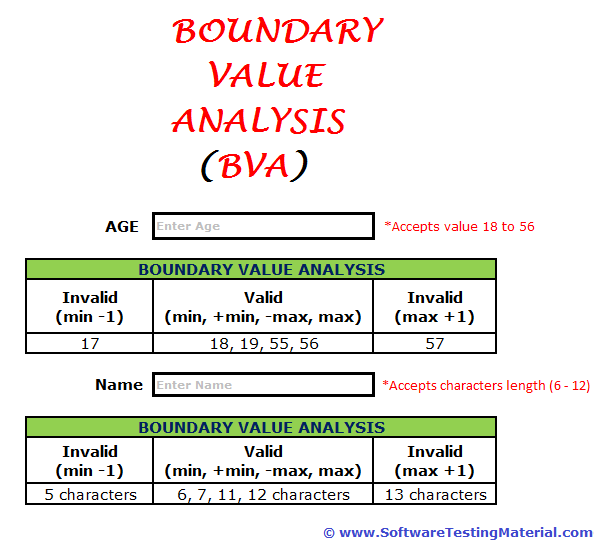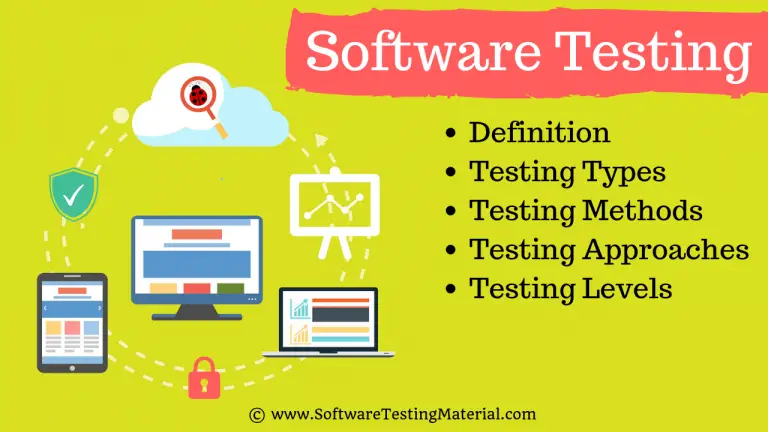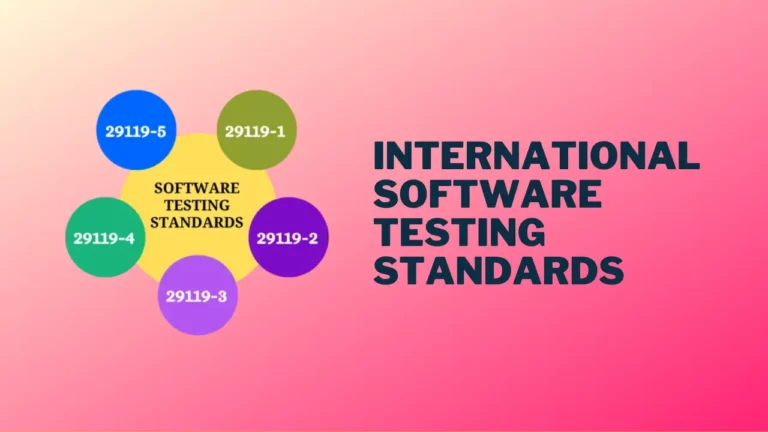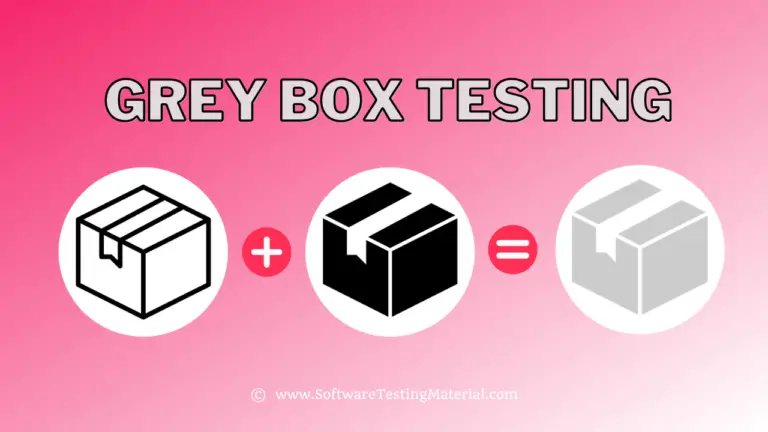Stubs vs Drivers: Everything You Should Know About
In this article, we learn Stubs vs Drivers in detail. Stubs and drivers are essential components in software testing, acting as temporary replacements for undeveloped or missing modules.
Stubs vs Drivers
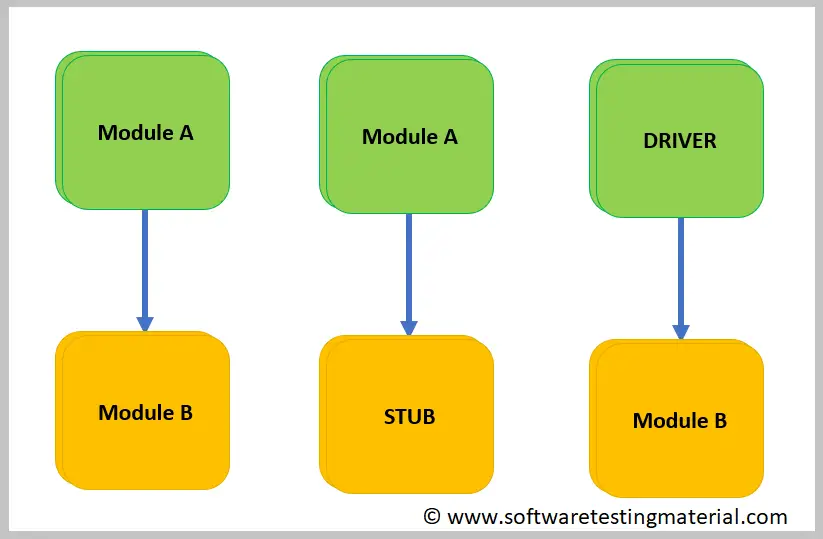
Stubs are primarily used in top-down integration testing, while drivers are used in bottom-up integration testing. Both simulate the features and functionalities of modules to ensure testing continues smoothly without delays, improving efficiency and supporting the delivery of expected outcomes.
What are Stubs?
Stubs are small, temporary pieces of code used during software testing to simulate the behavior of lower-level modules or components that are not yet implemented. When the main module or higher-level components are being tested, and the dependent components are unavailable or incomplete, stubs act as a placeholder for those components. They provide the minimal functionality required so that testing can proceed without waiting for the actual module to be completed.
For instance, imagine you are developing an online shopping application with two modules—a payment module and an order confirmation module. If the payment module is still under development but you need to test the order confirmation module, you can create a stub for the payment process. This stub could be a simplified function that imitates the payment process by returning a fixed response, like “Payment Successful,” enabling you to continue testing the application. This approach helps isolate issues in specific parts of the system and speeds up the testing process.
What are Drivers?
Drivers are specific components or code modules that simulate the behavior of higher-level modules or systems in a software application. They are mainly used in testing scenarios, particularly during the early stages of development, where some parts of the program are not yet completed or available. Drivers serve as a temporary substitute for the higher-level module, allowing developers to test and validate the functionality of individual components or lower-level modules effectively.
For example, imagine you are developing a program with a user interface (UI) module and a data processing module. If the UI module is not fully implemented yet, but the data processing module is ready for testing, you can use a driver to mimic the behaviors of the UI module. This driver might send predefined inputs to the data processing module, functioning like the actual UI. By using this driver, you can ensure the data processing module works correctly without waiting for the completion of the UI module. Drivers are especially useful for modular testing and help detect and resolve bugs early in the development process.
Difference between Stubs and Drivers
| Aspect | Stub | Driver |
|---|---|---|
| Purpose | Simulates the behavior of missing or incomplete modules called by the module being tested. | Simulates the behavior of modules that call the module being tested. |
| Placement | Acts as a temporary substitute for a called component (lower-level module). | Acts as a temporary substitute for a calling component (higher-level module). |
| Direction of Testing | Used in top-down integration testing, where higher-level modules are tested first. | Used in bottom-up integration testing, where lower-level modules are tested first. |
| Functionality | Provides hardcoded or predefined responses to simulate the lower-level module’s output. | Sends predefined inputs to simulate the higher-level module’s input actions. |
| When to Use | Used when the module being tested depends on a yet-to-be-developed module. | Used when the module being tested is a dependency for another module still under development. |
| Example | A function that returns sample data to test a higher-level module’s processing. | A function that triggers the execution of a module and provides input during testing. |
Conclusion
In conclusion, both Stubs and Drivers are essential tools in software testing, but they serve different purposes. Stubs are used to simulate the behavior of lower-level modules, while Drivers are used to stimulate higher-level modules. While they don’t serve the same purpose, they complement each other in ensuring a complete and efficient testing process, especially in complex systems. Choosing the right approach depends on the specific testing needs—whether you need to test a module that relies on an undeveloped component or act as a placeholder for a module that is yet to be developed. By using Stubs and Drivers appropriately, developers can identify issues early and ensure more reliable software.

